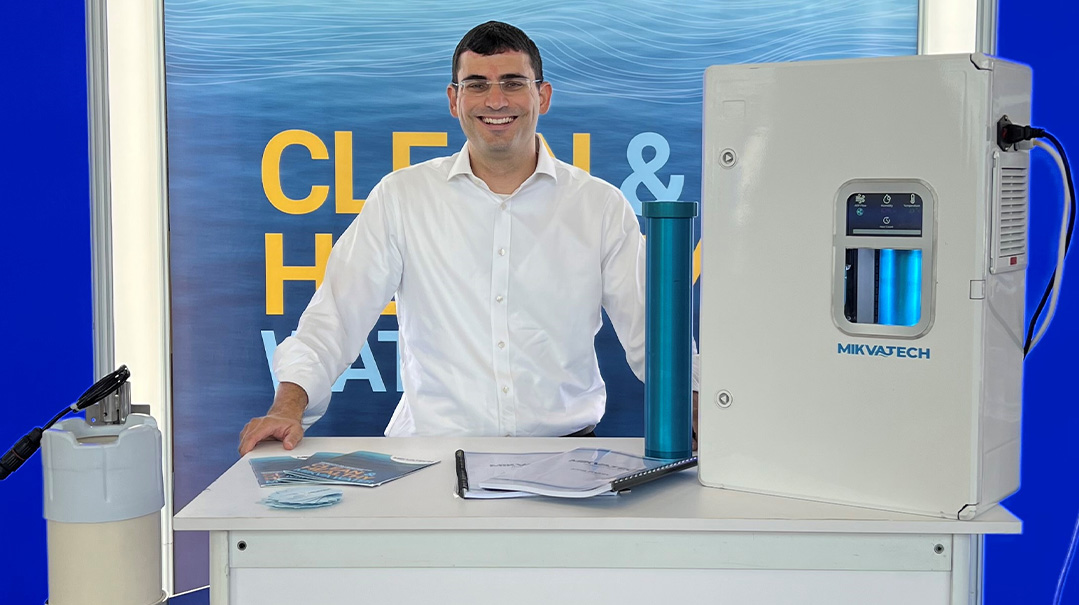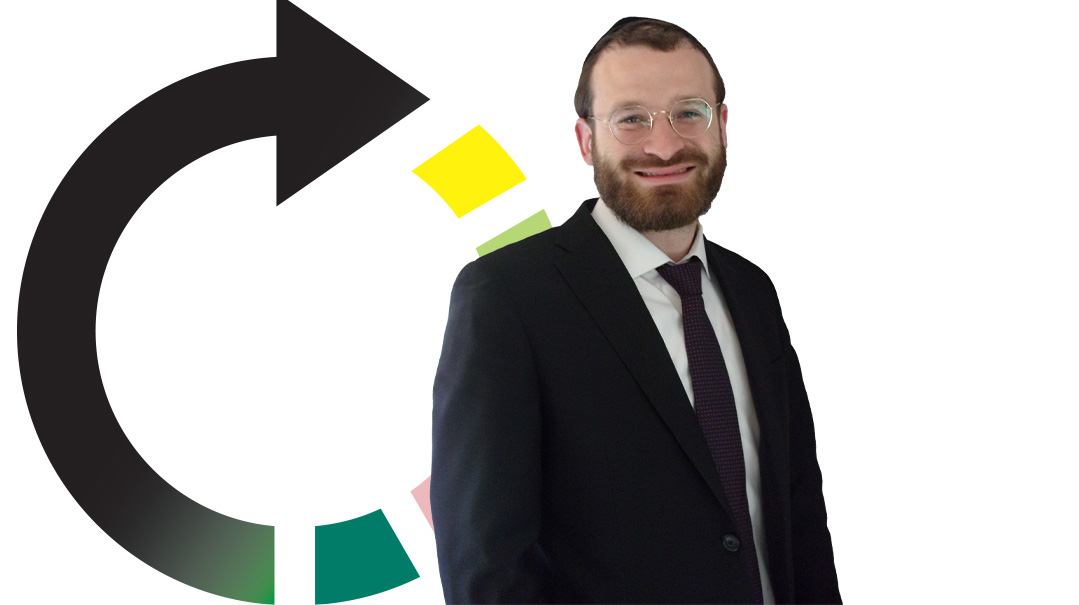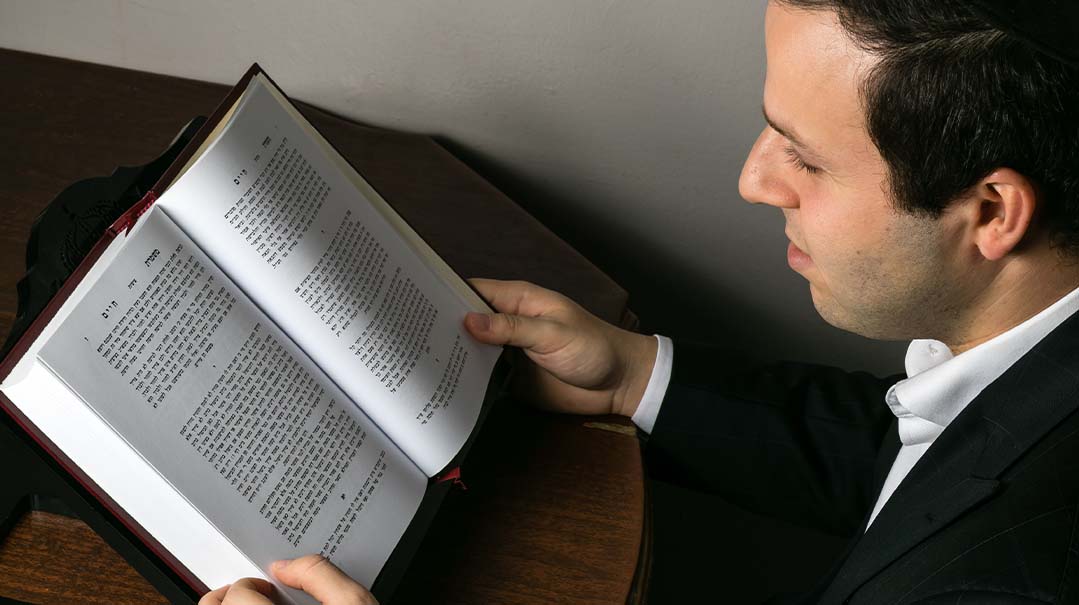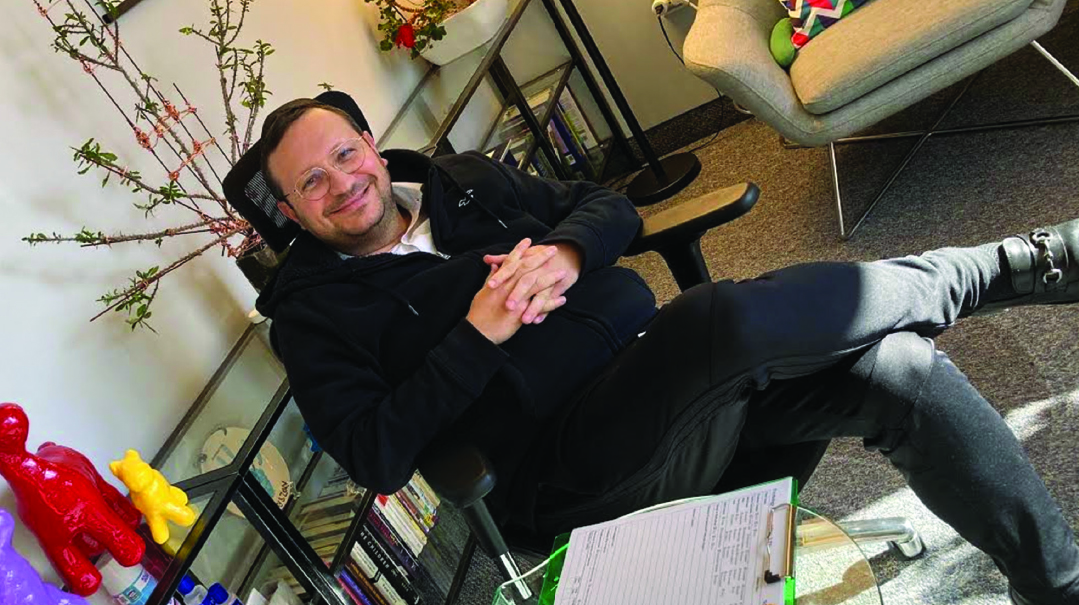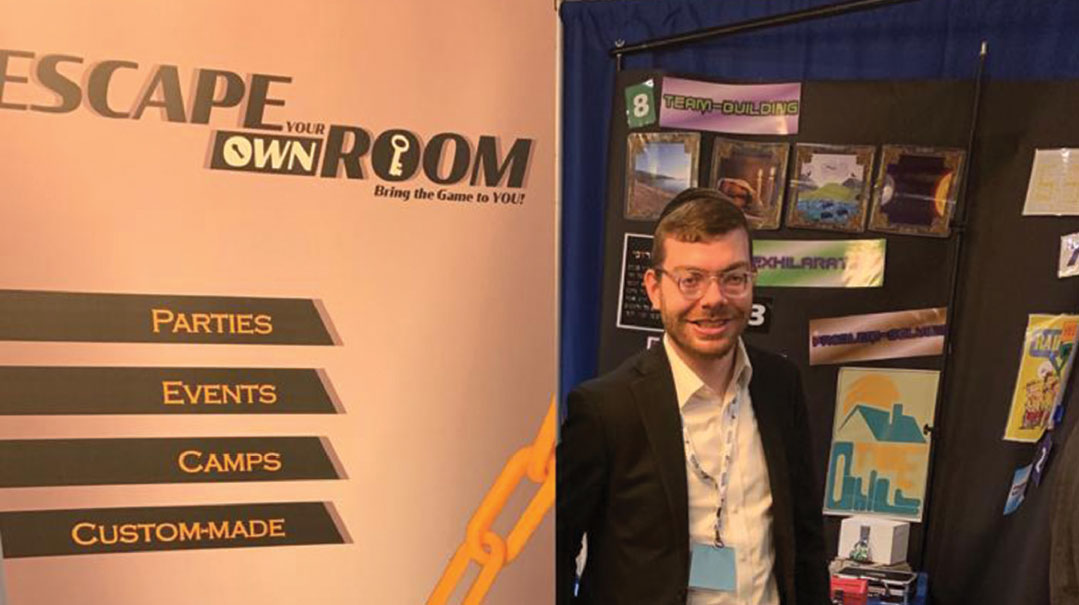All the World’s a Stage


In Brief:
My music background I was in Amudai Shaish and Miami Boys Choir as a child, and a member of A.K.A Pella from 2006 to 2012. I’ve run school and camp choirs at Ahavas Torah, Yeshiva of Crown Heights, Yeshiva Ateres Yisroel, and Yeshiva Ketana of Waterbury, as well as cantatas in Ruach Day Camp.
What I do
I run Kolainu Choir, an after-school choir program for boys in different locations all over the US.
What that means
Practices are weekly, one hour on a weeknight, and after eight or nine weeks, there’s a final performance for family and friends. Every child has a solo, duet, or trio, and I introduce him by name. Crowds at that main event can get as large as 350 to 400 people. Some larger communities have had Kolainu several times: the Five Towns is on their third go-round, and I’ve done Lakewood, Brooklyn, and Waterbury twice each. The second time it’s been mostly new members, but about 20 percent of the kids have signed up for Kolainu both times we’ve run it.
The lightbulb moment
In 2008, we were living in Brooklyn, and I was running several school choirs. Then, my wife said she thinks I should start an afterschool choir program. But not your typical choir, because in this choir, the goal isn’t to sing for an hour and be the best of the best, but rather, to sing as a group and become a part of something, a place where boys can do something they enjoy in a fun, interactive, and engaging environment. I think my wife realized I have a good rapport with kids, and the school choirs were going well, so she put the two together and came up with the idea. About ten minutes later, I told her I have a great name for it, and Kolainu was born.
Getting it off the ground
I ran an ad in a local yeshivah’s newsletter and in a community publication, and before I knew it, 30 kids had signed up. The choir was a success, but pretty small and low-key. I ran a few small local choirs the next couple of years, and then I asked an old friend for ideas about expanding. He got on board, and we were able to add Kolainu groups in Passaic and Crown Heights. But in 2012, after my family moved to Waterbury, I found that traveling every Sunday was too much, plus my friend got involved in other opportunities, so we put Kolainu to rest. Last year, I started up again. Since then, more than 550 kids have enrolled from 11 different cities.
Where it’s offered
I try to run Kolainu in cities with a substantial amount of kids, and it has to be commutable for me, because I lead, conduct, and produce it all. Last fall, I flew to Chicago every Tuesday for nine weeks and drove to Baltimore every Wednesday, and in the spring I flew to Miami and then drove to Boca Raton every week. Kolainu does well in the big Jewish communities of New York and Lakewood, and also in larger out-of-town cities. The concept actually works really well out of town, because many cities haven’t had a community choir in years.
Location, Location, Location
In Lakewood, we had close to 70 kids join in the fall, which meant three Kolainu groups, and that was just on one side of town. In Chicago and Baltimore, I got close to 50 kids each, in smaller cities like Waterbury and Great Neck, it’s 30 to 35 kids. Most Kolainu registrants are in third, fourth, and fifth grade, but ages range from Pre-1A to eighth grade. Cities like Monsey and Miami are very spread out, so carpooling is hard for parents. The key is cities with many families in one area, and that’s why I can get more kids out of town even if it’s a smaller population — families tend to live closer together so practice is easier to get to. Also, it’s easier to get word out that Kolainu is coming to town.
The song I use at every show
The Kolainu hit song is an original I wrote years ago, "Sim Shalom." In general, it’s important to use songs that are catchy and easy to sing. I tend to pick oldies but goodies — old Miami Boys Choir, London School of Jewish Song, Tzlil Vzemer songs — and I throw in some others and a few of my own. Two crowd-pleasers are MBC’s "Sunshine" by Yerachmiel Begun — we sang it last Spring as part of an English medley I put together, and our Fall favorite was Avraham Rosenberg’s "Aibishter" from Tzlil Vzemer. I usually do the same songs from city to city, but once or twice a year, I change it up so I don’t get bored and so repeat members don’t do the same songs twice. I’m on my third round of running Kolainu in the Five Towns, and each time, it’s a different set of songs.
How I set the stage in motion
You have to know your crowd; many kids aren’t coordinated enough for motions or choreography, and it does add a level of pressure. Even though some kids can handle them, and harmonies too, I stay away from those so the group stays focused.
The most rewarding part
Kolainu helps kids in so many areas of life. Our kids need healthy outlets, and yes, sports is a good one, but many children aren’t good at sports, or even if they are, they may have untapped musical talent. I once heard that a large majority of frum children who stray have creative talent, and I believe that starting young and letting kids express themselves helps avoid many obstacles later on in life. And it’s been a fun ride for me too, working with so many kids from different yeshivos in different cities, a lot of these kids are just so funny.
What do you do with a kid who has a terrible voice?
Maybe we should change the question to “Since you accept all kids, I assume you have a mixed bag of talent”? Great question! First off, when the choir sings as a whole, they sing in unison, and while some are more on key than others, it sounds great. Kolainu is for kids who enjoy music, so it doesn’t really matter how talented they are. That said, we have some amazing talent that’s first being tapped through the program.
Any plans to expand?
My goal is to enroll thousands of yeshivah students to build self-esteem, have fun, and enjoy their love for music. That’s the dream — to have Kolainu in every frum market around the country, and the world! But for now, it’s just me running it. I originally planned to train and hire someone to travel to run practices and other things, but that hasn’t happened yet, more so because of logistics than anything else; I’ve also been doing Kolainu for only 12 months on this scale, and I’m still tweaking things. Once that’s done, I’d like to hire someone, but it’s a unique position so the candidate will need to be someone who fits well. Baby steps!
By the numbers
550+ the number of kids I’ve worked with
15 the number of Kolainu performances I’ve run
25,660 the miles I’ve racked up flying to practices and performances
5,000 the miles I’ve driven — and we’re just getting started!
Day job
I’m a practicing speech language pathologist, I do early intervention with toddlers, and I used to teach fifth grade boys. I work in northern Jersey near the George Washington Bridge, and I head to my night gig, as I call Kolainu, from there.
The biggest technical difficulty
Travel arrangements are definitely the toughest part: getting to airports, Ubers, traffic, delayed flights. The schedule is a bit crazy, and I haven’t been home much, which is hard.
The greatest side benefit
I try to make practices social, fun, and engaging. When you have so many kids in a group, there are a lot of skills you can work on, aside from just singing. The number one thing the choir does for kids is build confidence. Someone told me, “My son loves to sing but usually does so in an undertone while playing. He’s overshadowed by two teen brothers. He really enjoyed the practices — he started off saying he loves the singing but has no interest in a solo, and then he told us he had two!”
My biggest blooper
Seating for my first show in Lakewood, oh boy! It was theater-style, and I copy-pasted the layout diagram to my programmer so we could sell tickets on the site. Only issue was the screenshot was backward. Just imagine, everyone who bought front row tickets had back row seats, and vice versa. Well, we got everything settled — everyone found their seats slowly, I did a little extra emceeing, and it was one of the nicest shows we did.
(Originally featured in Mishpacha, Issue 761)
Oops! We could not locate your form.

